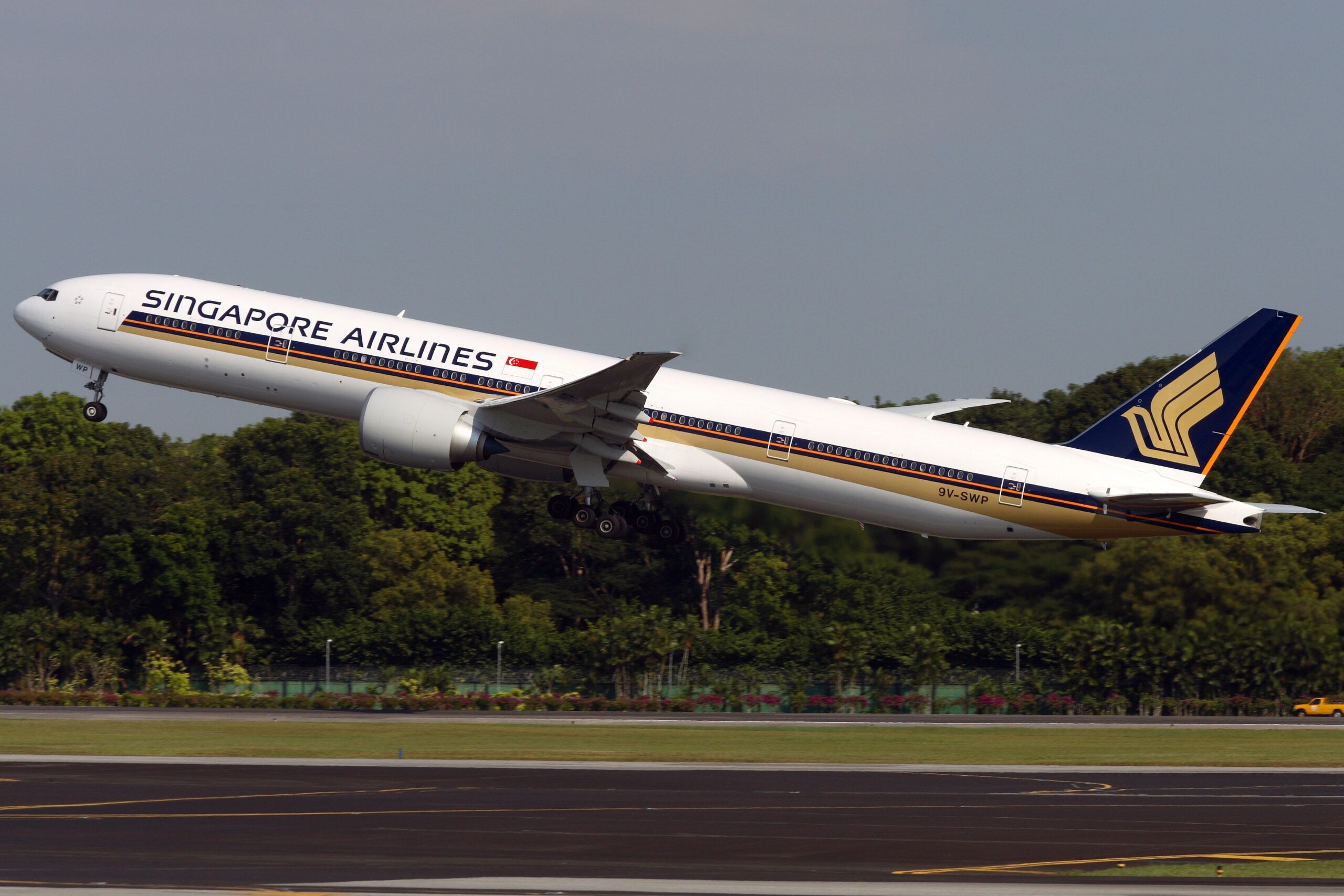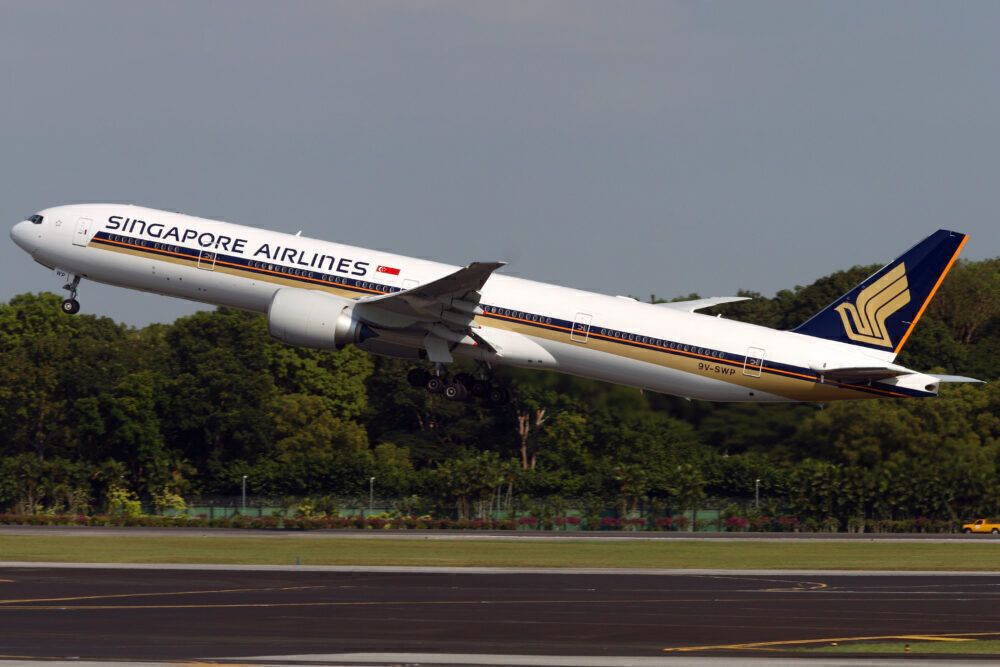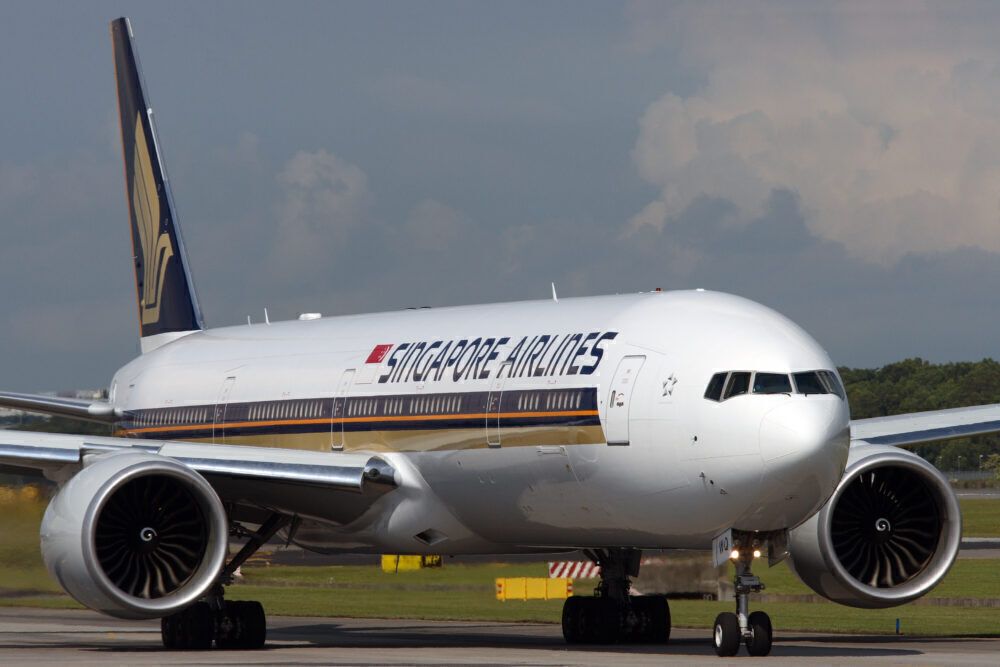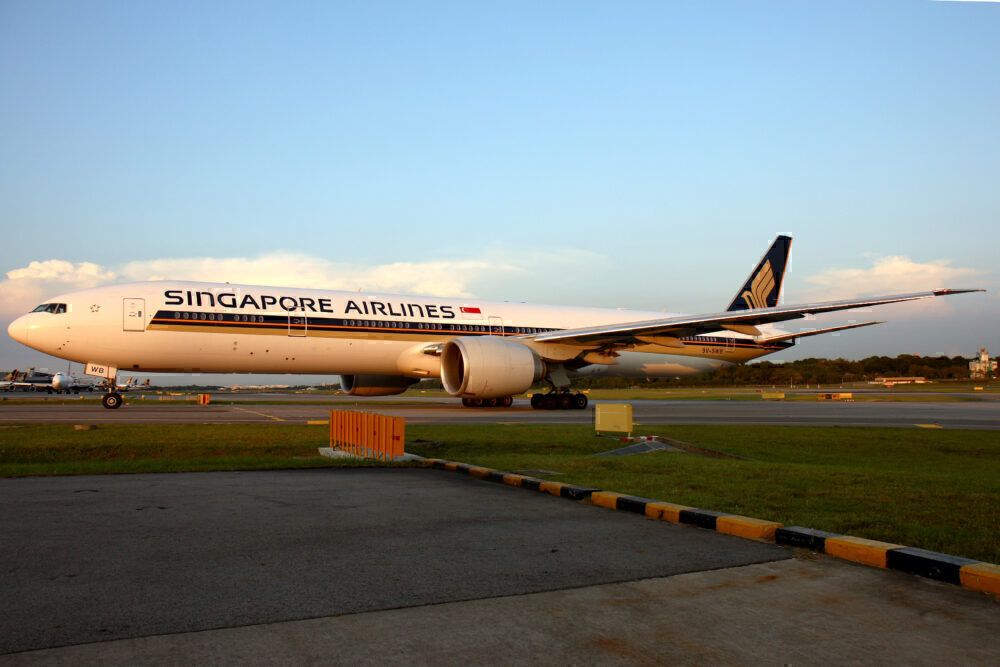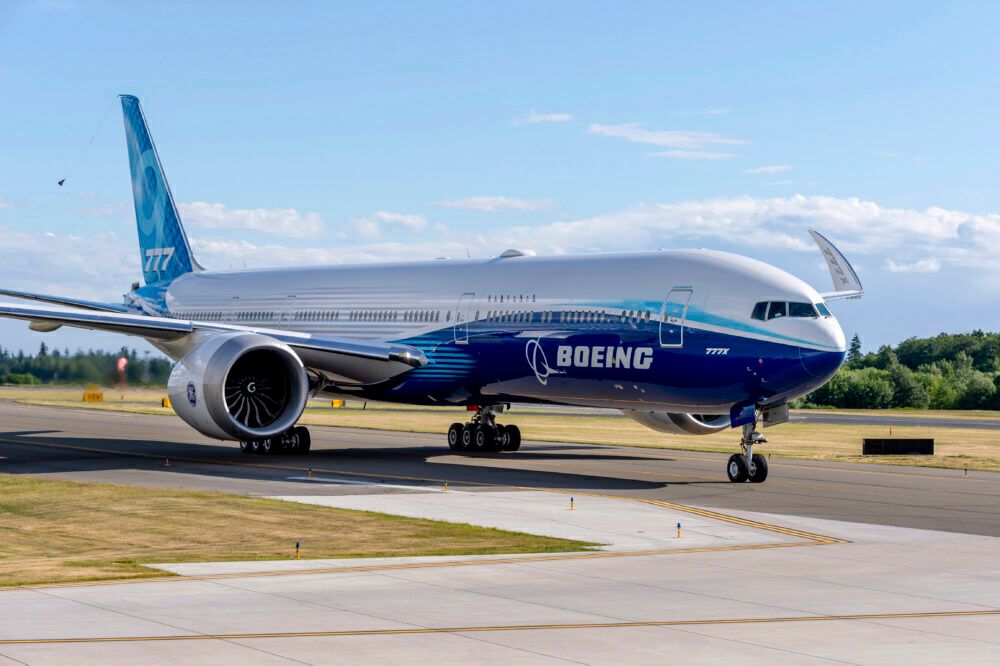Singapore Airlines has retired four of its Boeing 777-300ERs as part of its fleet rightsizing plans. The carrier will now only operate 23 of the type as the flagship aircraft becomes the Airbus A350. Let's find out more about Singapore Airlines' fleet strategy.
Reduction
Singapore Airlines (SIA) announced the fleet reductions during its earning presentation for the last fiscal year. In addition to the $3.2 billion loss, the carrier also retired 45 aircraft ahead of schedule, paying a costly $1.3bn in impairment charges.
As part of these changes, SIA announced that it had retired four 777-300ERs (777Ws) in the second half of 2020. While the exact aircraft being removed are unknown, the carrier currently has 18 planes sitting on the ground due to the crisis (and only nine flying).
The retirement of the once-flagship 777-300ERs signals the downturn long-haul travel has taken in the last year. With passenger numbers down nearly 98%, it makes little sense to keep these higher-capacity aircraft in service for now.
Plus, with the fleet aging rapidly and crossing the 11-year-mark (according to Planespotters.net), a renewal was on the cards. The age of the 77Ws varies widely, with the oldest being nearly 15 years old and the youngest just under five.
Stay informed: Sign up for our daily and weekly aviation news digests.
Premium-heavy
As a full-service carrier, Singapore Airlines' 777-300ERs are particularly premium heavy. In a four-class layout, the aircraft seats four passengers in first class, 48 in business, 28 in premium economy, and 184 in economy. With only 264 seats, this is definitely one of the lighter 77Ws currently flying. For comparison, even United's equivalent seats 350 passengers.
The 777-300ERs were found on some of Singapore Airlines' most important routes globally. This included the SQ1 service (Singapore-Hong Kong-San Francisco), flights to Australia, New Zealand, the UK, Japan, South Korea, and several others.
For now, the retirement of four 777-300ERs is unlikely to impact Singapore Airlines' operations. The carrier is only flying to a quarter of its previous destinations (47), leaving dozens of aircraft on the ground.
Room for the 777X
In February, Singapore Airlines made a surprise announced that it would be ordering 11 new 777Xs as part of its order deal with Boeing. While the airline also canceled 14 787s, this was a huge boost to the struggling 777X program during these tough times for long-haul travel.
Notably, the 777-9s are scheduled to replace some of the older 777s in the fleet, including some -300ERs. This means SIA has simply brought forward retirements by a few years, reducing the fleet size temporarily.
For now, SIA is hoping for a recovery of the aviation industry over the next year. While traffic numbers have been improving, they remain a fraction of pre-pandemic levels. However, if all goes well, this year could be the beginning of a sustained recovery.
What do you think about Singapore Airlines' decision to retire some 777-300ERs? Let us know in the comments!

